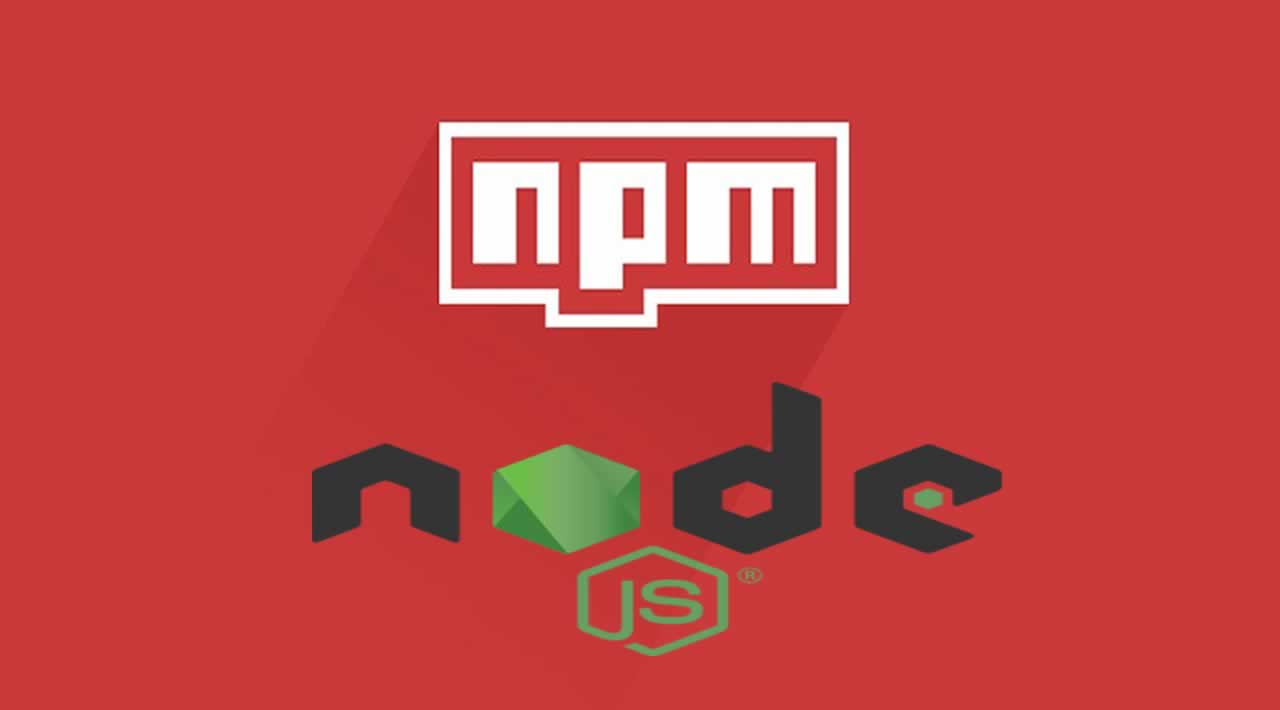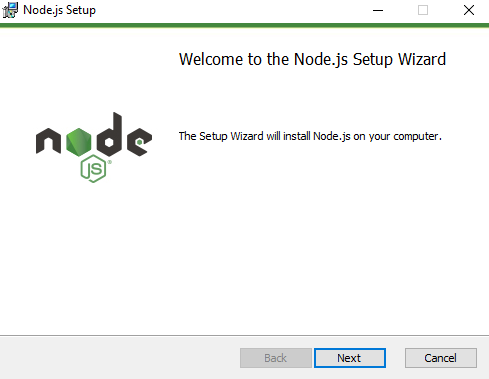

noImplicitAny: In TypeScript files, don't allow a type to be unexplicitly specified.allowJs: If you're converting an old JavaScript project to TypeScript, this option will allow you to include.module: commonjs is the standard Node module system in 2019.We'd like to utilize some es6 language features. lib: This option adds ambient types to our project, allowing us to rely on features from different Ecmascript versions, testing libraries, and even the browser DOM api.resolveJsonModule: If we use JSON in this project, this option allows TypeScript to use it.For a topic that requires a much longer discussion, if we're using commonjs as our module system (for Node apps, you should be), then we need this to be set to true. esModuleInterop: If you were in the JavaScript space over the past couple of years, you might have recognized that modules systems had gotten a little bit out of control (AMD, SystemJS, ES Modules, etc).outDir: Where TypeScript puts our compiled code.

We've configured it to look in the src/ folder.
 rootDir: This is where TypeScript looks for our code. module commonjs -allowJs true -noImplicitAny true esModuleInterop -resolveJsonModule -lib es6 \ Npx tsc -init -rootDir src -outDir build \ We use TypeScript for most of the topics on this blog because it's a lot better suited for creating long-lasting software and having the compiler help catch bugs and validate types is tremendously helpful. Provide JavaScript developers with the ability to utilize planned features from future JavaScript editions against current JavaScript engines. Provide JavaScript developers with an optional type system. TypeScript was primarily meant to solve two problems: TypeScript, developed and appropriated labeled by Microsoft as "JavaScript that scales", is a superset of JavaScript, meaning that everything JavaScript can do, TypeScript can do ( and more better). It's actually really easy!Īfterwards, we'll setup a few scripts for hot-reloading in development, building for production, and running in production. In this short guide, I'll walk you through the process of creating a basic TypeScript application and compiling it. You have a code editor installed (preferably VS Code, it's the champ for TypeScript). You should be familiar with Node and the npm ecosystem. However, after receiving emails from readers interested in seeing what a basic TypeScript starter project looks like, I've put together just that. We talk about a lot of advanced Node.js and TypeScript concepts on this blog, particularly Domain-Driven Design and large-scale enterprise application patterns.
rootDir: This is where TypeScript looks for our code. module commonjs -allowJs true -noImplicitAny true esModuleInterop -resolveJsonModule -lib es6 \ Npx tsc -init -rootDir src -outDir build \ We use TypeScript for most of the topics on this blog because it's a lot better suited for creating long-lasting software and having the compiler help catch bugs and validate types is tremendously helpful. Provide JavaScript developers with the ability to utilize planned features from future JavaScript editions against current JavaScript engines. Provide JavaScript developers with an optional type system. TypeScript was primarily meant to solve two problems: TypeScript, developed and appropriated labeled by Microsoft as "JavaScript that scales", is a superset of JavaScript, meaning that everything JavaScript can do, TypeScript can do ( and more better). It's actually really easy!Īfterwards, we'll setup a few scripts for hot-reloading in development, building for production, and running in production. In this short guide, I'll walk you through the process of creating a basic TypeScript application and compiling it. You have a code editor installed (preferably VS Code, it's the champ for TypeScript). You should be familiar with Node and the npm ecosystem. However, after receiving emails from readers interested in seeing what a basic TypeScript starter project looks like, I've put together just that. We talk about a lot of advanced Node.js and TypeScript concepts on this blog, particularly Domain-Driven Design and large-scale enterprise application patterns.







 0 kommentar(er)
0 kommentar(er)
